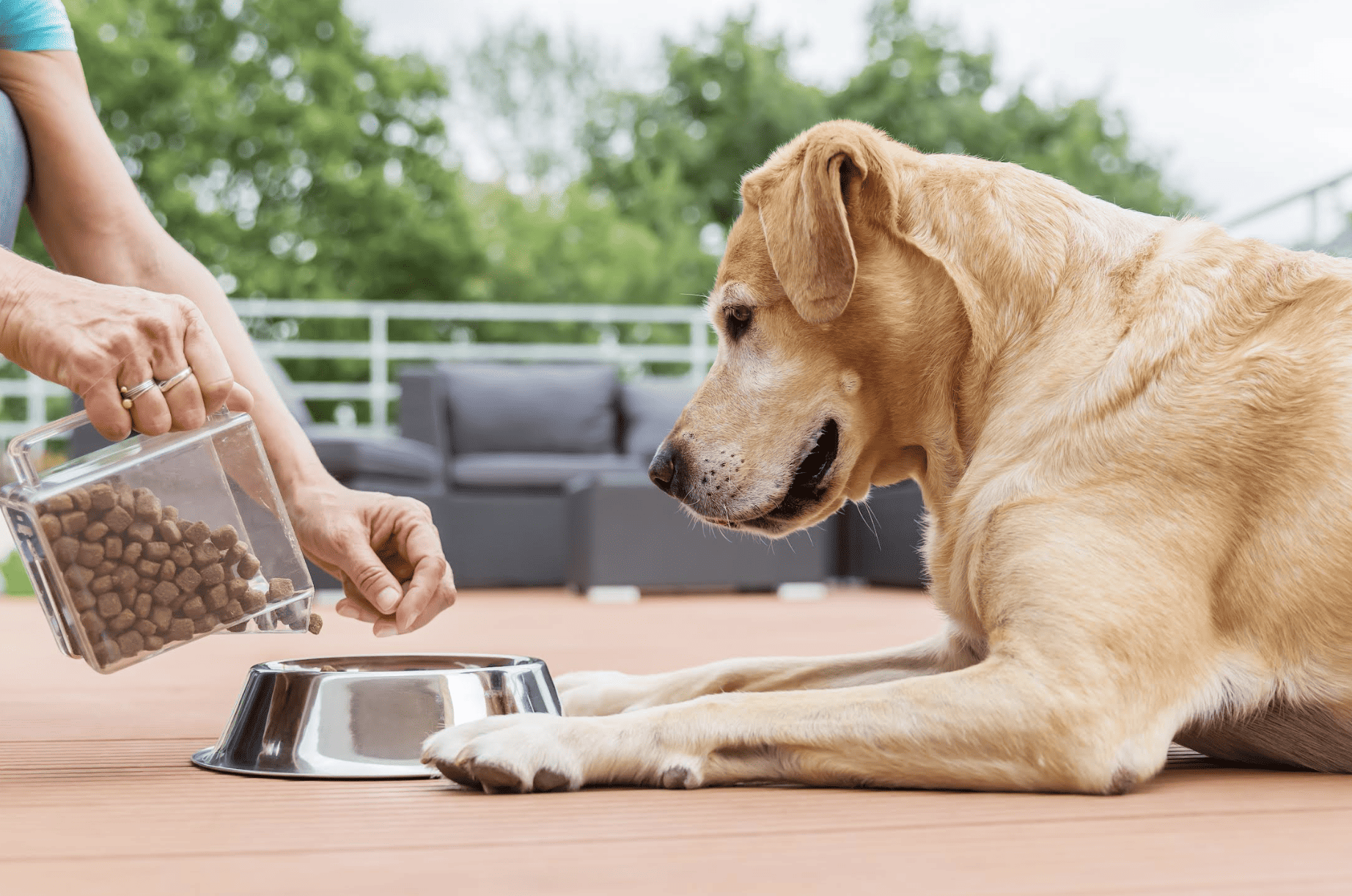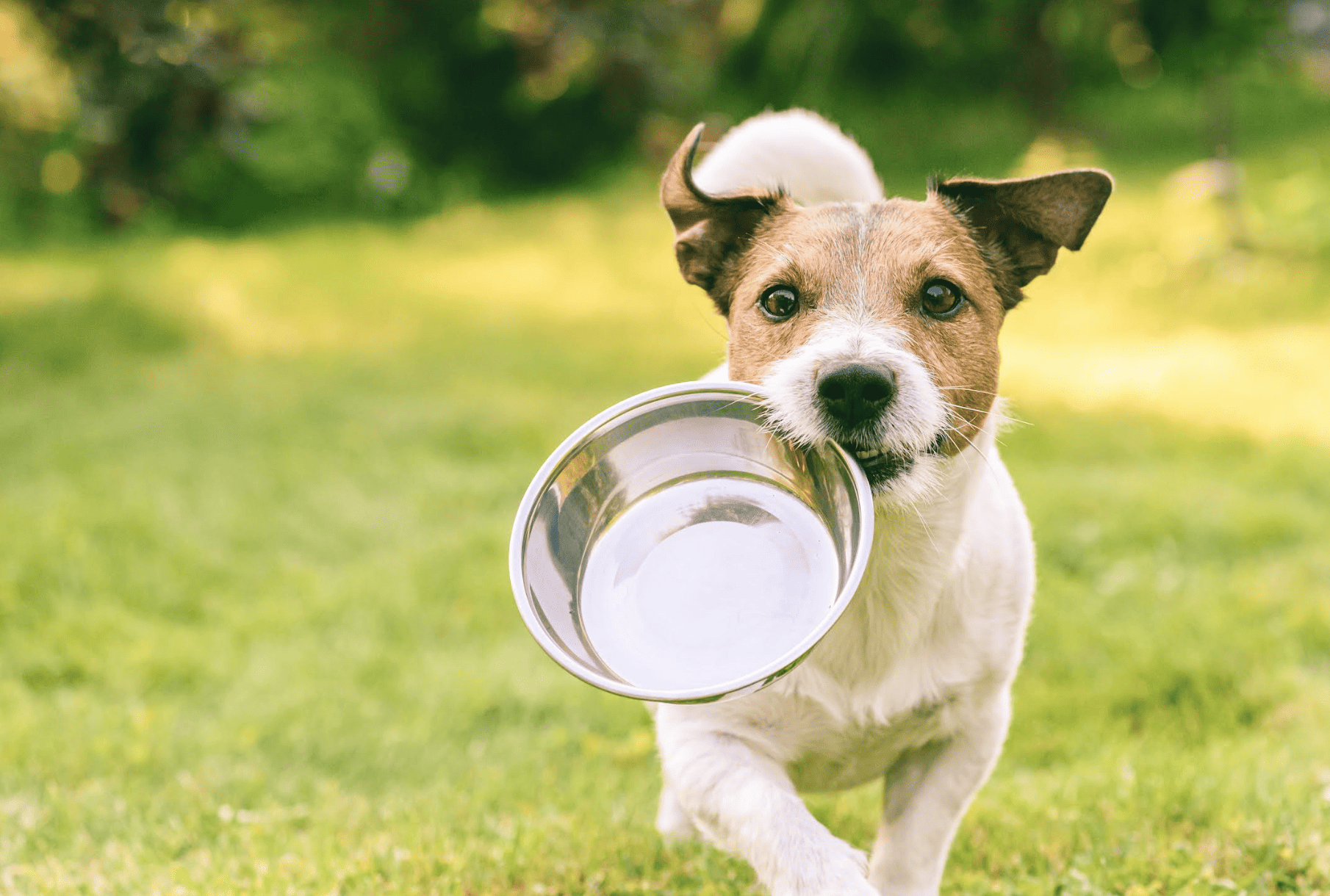Like all living creatures, dogs need to eat well to survive. Lack of proper nutrition can make a dog unlively and sickly. If your pup often doesn’t have the energy to play, you may not be feeding them right.
Planning a diet for a dog can be challenging for some, especially new owners. Several factors are involved in preparing daily meals, such as a dog’s size and age. Before considering owning a fur baby, you must be fully prepared. So, read this guide for practical tips to feed your pup well.
- Essential Ingredients
Dog food should have a balanced amount of protein from meat, fatty acids from fish, vitamins from vegetables and fruits, and carbohydrates from grains. Meals rich in fiber are also a plus for healthy bowel movements. However, you must limit or avoid giving your pup the food on your plate. There are some human foods dogs can’t eat. In fact, specific snacks you may have in your pantry may be fatal to canines.
Some dogs, especially older ones, may have special dietary needs and require meticulously planned meals. Your dog’s vet can help you determine these needs and provide a detailed feeding guide. So, visit the pet clinic regularly if you have a senior dog or one with multiple health issues.
Keep an eye out for food allergies, too. They’re pretty rare in dogs, but it’s still possible for your pup to have them. Allergic reactions often manifest as issues on their skin or fur. Always observe your dog whenever you give them something new to eat. There’s nothing to fear if there are no changes to their condition.
- Wet Or Dry Dog Food
There are two kinds of food you can give your dog: wet and dry. Wet food usually involves ground meats with a sauce rich in flavors and nutrients cooked and sterilized before canning. Meanwhile, dry food has similar ingredients minus the sauce and has been pulverized and formed into tiny pellets or kibbles.
Either form is suitable for most dogs. But each offers various benefits like better palatability or convenience. For example, wet food is higher in moisture, making it ideal for dehydrated dogs. On the other hand, dry food encourages dogs to chew, strengthening their teeth.
Some dogs may prefer one over the other, and it’s not an issue. You could try mixing both options to give your pup variety in every meal. However, calorie contents in either wet or dry food may differ. So, consult your pet’s vet to ensure you’re feeding your dog enough food.
- Appropriate Feeding Amount
Just because your dog is always game to eat doesn’t mean you should feed it every other hour. Overfeeding an animal is a serious and common problem among pet owners. Dogs can become overweight, limiting their movement and increasing their disease risk.
Your dog should only eat food appropriate to their breed, size, age, and activity level. Larger breeds often need more food than smaller ones. The type of food you provide is also a factor when portioning meals. The easiest way to know the amount you must give your dog is to check the packaging of their food. Dog food bags usually have a feeding chart for reference.
You must also consider how many pets you have at home. Dogs tend to guard food while eating, especially when they’ve had to compete against their littermates as puppies. This issue doesn’t always require intervention. However, if your dog shows signs of food guarding, you may curb it by separating your pets during feeding time.
- Ideal Feeding Time
A common question most new dog owners have is how often they should feed their pets. Generally, all breeds need to eat twice daily, with at least 12 hours between meals. You could also try feeding your dog whenever you eat breakfast, lunch, and dinner.
If your dog isn’t in the mood to eat, it could be due to how much food you’re giving. Instead of reducing the amount, maintain it but divide it into smaller portions. Offer these divisions to your pet at different times within the day.
- Occasional Treats
Giving your dog treats is essential in training them to be obedient house pets. It’s okay to provide them with some every day. However, some owners make the mistake of offering treats as much as they give regular meals.
Doing this may be a problem for your dog’s health. Treats could have additional ingredients that introduce excessive calories or fat to your pet’s diet. So, your vet might recommend you only offer your dog less than ten calories worth of treats daily.
If you want to give your pet a healthier snack, you can make DIY doggy treats with safer and natural ingredients at home. But limit these treats to training sessions. Your dog should know that these little snacks are rewards for responding well to your commands. They mustn’t replace their regular diet of dog food.
Final Thoughts
Dogs deserve their owners’ unconditional love, which includes proper and filling meals. As someone responsible for a pet’s well-being, you must always provide your dog with enough food appropriate for them.
Keeping them happy and healthy makes dogs a great joy at home. If you have further questions about your fur baby’s diet, visit their vet and ask for advice. They’ll offer you more comprehensive info to feed your pet with only the best.


